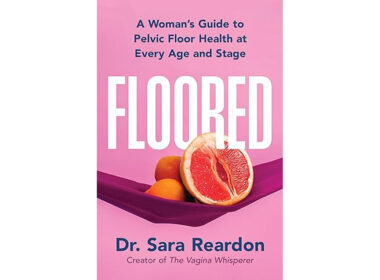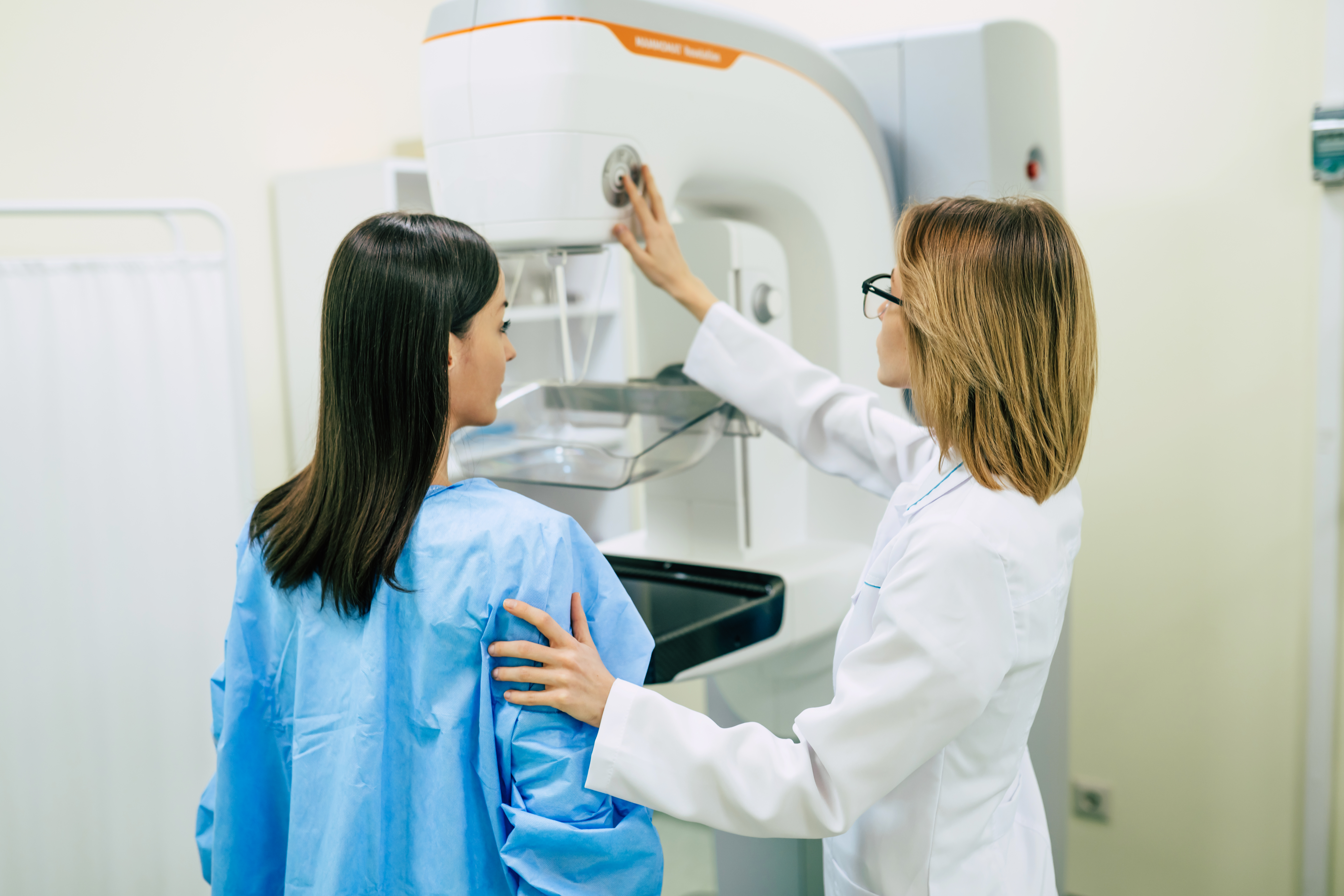Infertility is a heartbreaking reality for many women. In the United States alone, an estimated 13% of women between the ages of 15 to 54 struggle with infertility [1]. Because of this, Assisted Reproductive Technologies (ART) such as in vitro fertilization (IVF) are on the rise. Yet many women are not told about the invasive process involved and the risks they and their babies face as a consequence.
Given the increasing prevalence of ART procedures, which now lead to 2.2% of births in the U.S., two recent studies—one published in the Journal of Medicine and the other published in the JAMA network—examined whether ART affect risk for heart disease and stroke, two leading causes of maternal death [1], [2]. Heart disease is the leading cause of death in women and is now the leading cause of maternal death (death in the year after giving birth) in the U.S. According to the first study, 26.5% of pregnancy-related deaths are associated with heart disease [1]. Stroke is also a leading cause of maternal death, accounting for 7% of U.S. maternal deaths [2].
Why might ART be connected to heart disease and stroke?
IVF attempts to bypass the underlying causes of infertility by taking the process of conception outside the body. Because of this, one of the first concerns with IVF is that the problem causing infertility is not being treated. Perhaps due to the IVF procedures themselves, or to the unaddressed underlying causes of infertility, or to a combination of the two, IVF increases risk of pregnancy complications ranging from preeclampsia to ectopic pregnancy and multiple gestations to gestational diabetes [3][4][5].
A large Swedish study found another risk in women who conceived via IVF: increased incidence of hypertension (high blood pressure). Noting this increased risk and understanding the connection between high blood pressure, heart disease, and stroke risk, a team of researchers conducted two studies to assess how ART procedures, like IVF, affect mothers’ risks of stroke and heart disease within the first year postpartum [1], [2].
How was the research conducted?
Both studies were large population-based retrospective cohort studies. They analyzed the data of mothers who gave birth across the United States and their incidence of heart disease (including ischemic heart disease, atherosclerotic heart disease, cardiomyopathy, hypertension, heart failure, and heart arrhythmias) and stroke within one year post-delivery. The researchers for both studies used a nationally-representative database over nine years, examining the percentage of women hospitalized within 12 months postpartum. The difference between the two studies was the JAMA Network study assessed stroke incidence (both hemorrhagic stroke and ischemic stroke) while the study from the Journal of Medicine evaluated heart disease risk.
What do we know now about ART, heart disease and stroke risk?
The researchers discovered that those who utilized ART treatments to conceive were 2.16 times more likely to be hospitalized due to heart disease within a year after delivery. For those who already struggled with high blood pressure, that risk was even more prominent within one month following birth.
For stroke, the researchers found that ART treatments were associated with a 66% increased risk overall of either kind of stroke during the first year postpartum [2]. The risk was higher for hemorrhagic (bleeding) stroke than for ischemic (lack of oxygen) stroke.
Importantly, the actual or absolute risk of experiencing heart disease and/or stroke in the year after giving birth was less than 1% in both women who conceived naturally, and in women who conceived via IVF. Still, given the increased risk and the high stakes for new moms, both studies recommended that patients who have utilized ART procedures be monitored more closely by their medical providers in the initial weeks and months following birth [1]. Strikingly, the signs of development of both heart disease and stroke can often be caught within the first 30 days following delivery, though most women do not see their providers for a follow up until six weeks, or 42 days, after giving birth.
Strikingly, the signs of development of both heart disease and stroke can often be caught within the first 30 days following delivery, though most women do not see their providers for a follow up until six weeks, or 42 days, after giving birth.
What do we still not know about ART, heart disease, and stroke risk?
IVF is not the only form of ART treatment. Intrauterine insemination (IUI), intracytoplasmic sperm injection (ICSI), and fertility-enhancing medications are also included under this umbrella term. Furthermore, even within IVF, there are distinctions, particularly whether fresh or frozen embryos were used. Because all artificial reproductive technologies were studied, the researchers were unable to determine which specific forms of ART treatment posed the highest risk of stroke and heart disease.
Future research needs to clarify: What aspect of ART procedures leads to increased heart disease and stroke risk? Is it the treatment, the underlying disease causing infertility, or some combination of the two? Finally, which ART procedures have the highest risk for heart disease and stroke? With IVF still under-regulated (as an example, in 2021, 3 of 8 ART clinics in Alabama failed to follow federal law requiring them to submit their live birth rates to the CDC) compared to other medical specialties, couples (and women especially) deserve to know the risks they are undertaking.
Can couples struggling with infertility address their desire for a family without using ART?
As mentioned previously, IVF and other ART procedures are an attempt to conceive without resolving the underlying issue of infertility. Thankfully, there is a better alternative: Restorative Reproductive Medicine (RRM) can help women and couples address infertility issues at their roots and increase their chances of conceiving a baby naturally. Since ovulation is important for overall health (not just reproductive!), RRM providers help women achieve improved whole-body wellness while working towards their family planning goals, without the risks that ART procedures present.
The bottom line
Women who undergo ART treatments such as IVF deserve to know the potential side effects—including the rare ones— associated with these treatments. Because heart disease and stroke are leading causes of maternal death in the United States, (and because they are often preventable), the additional risk ART poses for these conditions should be taken seriously [6].
These mothers should be closely monitored pre- and postnatally for complications. The American College of Obstetricians and Gynecologists recommends every woman have routine postpartum appointments within three weeks and again within 12 weeks following her baby’s birth, but at present this is far from the norm–regardless of whether a woman conceived naturally or via ART. All women (and their babies) deserve evidence-based care, but the results of the aforementioned studies indicate that those who conceive through ART may need even closer monitoring. The medical field needs a sea change in terms of postpartum visit timing in order for all women to receive the care they need.
Additional Reading:
Is IVF the Wild West of reproductive medicine?
Conceiving naturally after IVF may be more common than most people realize







